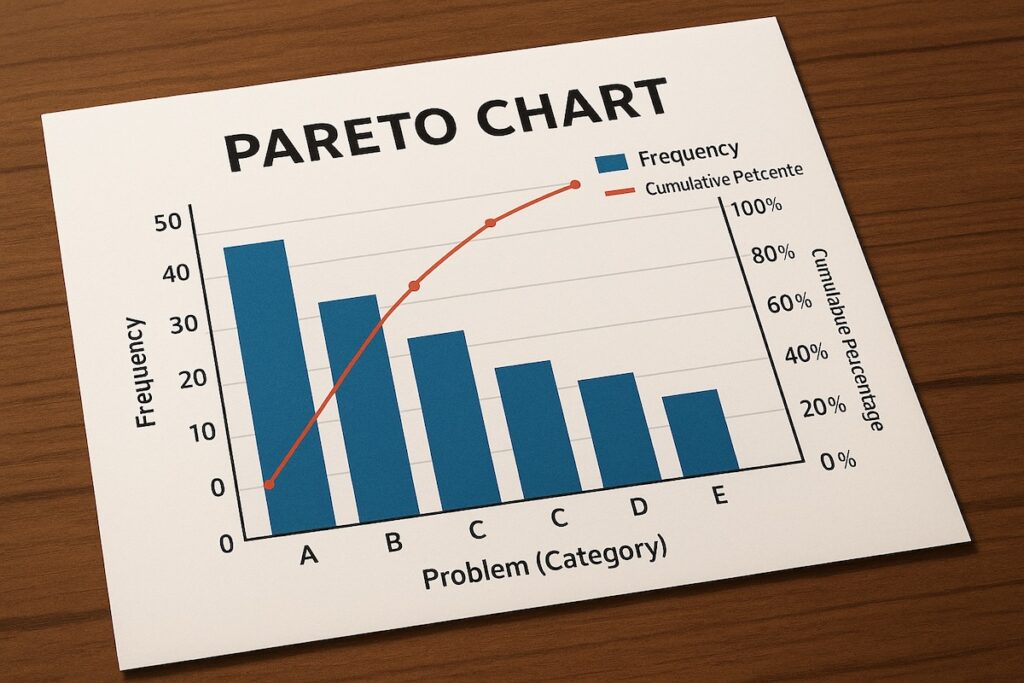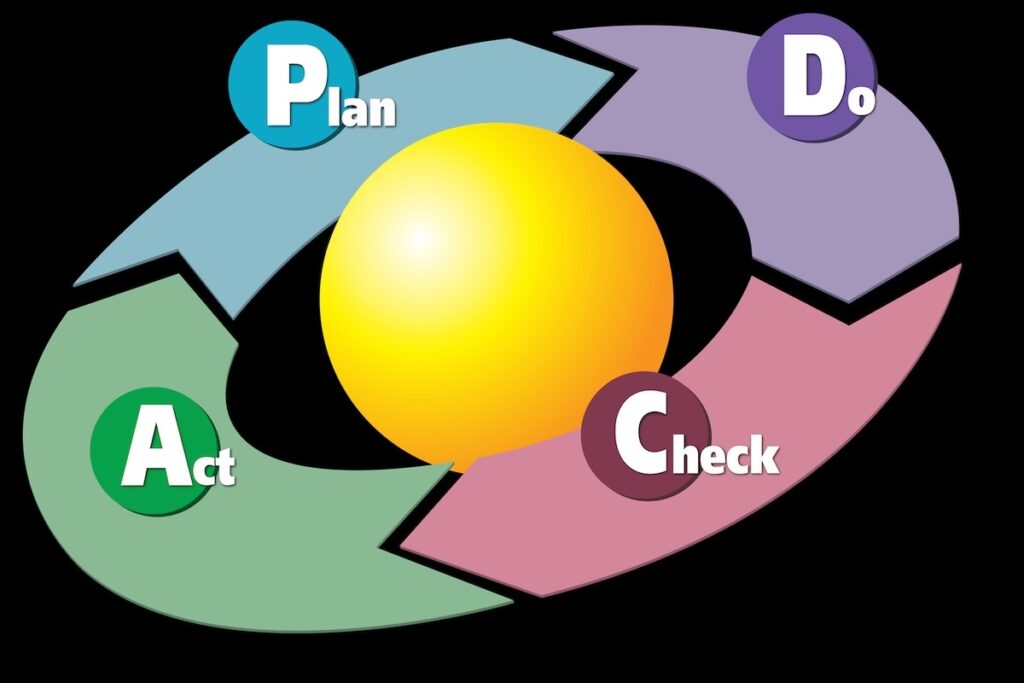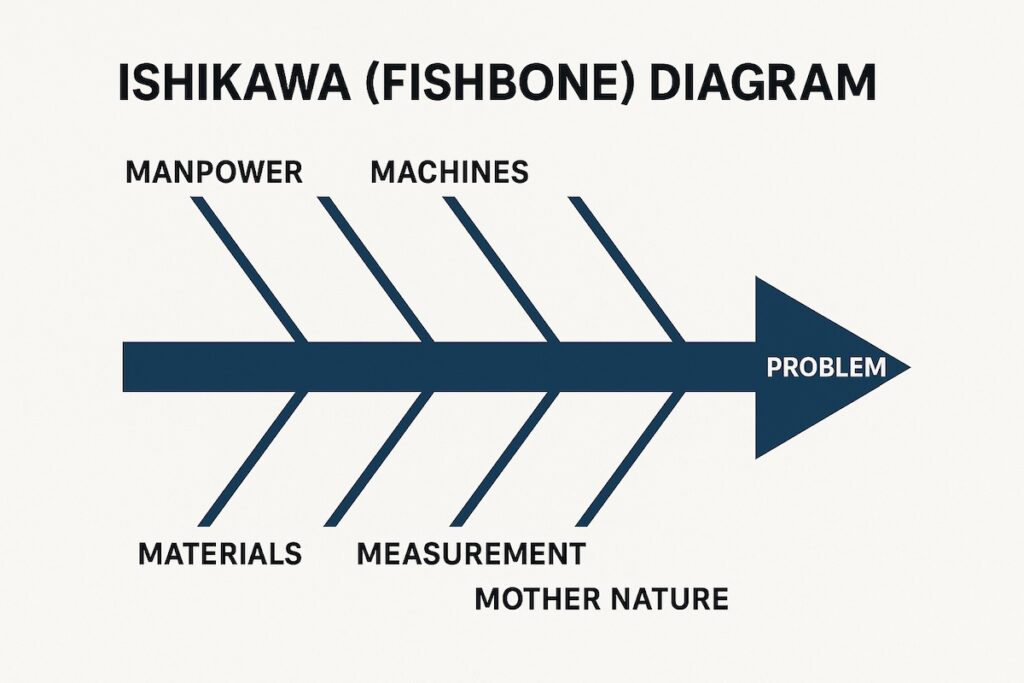Applying the Pareto Chart in Project Management: Focus on the Vital Few
Introduction: Why Everything Doesn’t Deserve Equal Attention In project management—especially in logistics, manufacturing, and operations—resources are always limited. Whether it’s time, manpower, or budget, we can’t afford to address every problem with equal intensity. That’s where the Pareto Principle—often visualized through a Pareto Chart—comes in. The principle is simple: 80% of effects come from 20% of causes. In project […]
Applying the Pareto Chart in Project Management: Focus on the Vital Few Read More »










